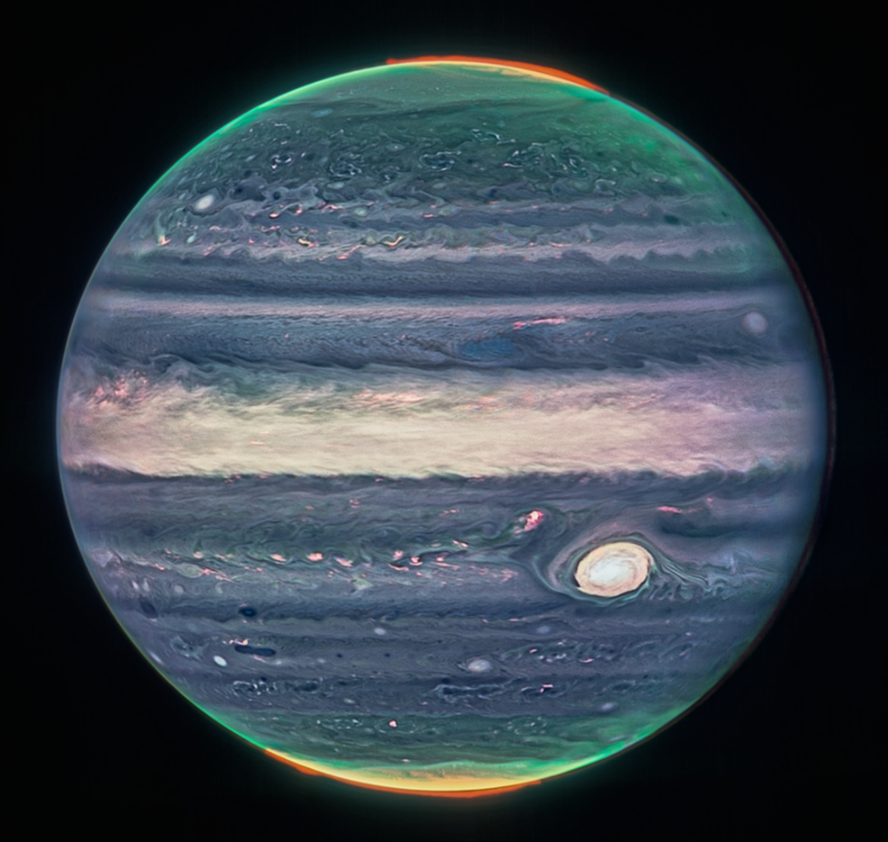They detect a new stream in the upper atmosphere of Jupiter.

JWST tools enabled us to get a three-dimensional view of Jupiter's weather systems, with the bright high clouds in these images and the darker lower ones. The telesquopo also received the movement of the atmosphere. These fogs are so clear that no details can be seen in observations from Earth or from space missions. The exact images of the JWST show that in the high clouds the wind reaches 500 km/h and in the lower half (250 km/h).
The article compares this new jet jupiter with the structure of the jet stream from the equator of Saturn. In fact, in 2009, the Planetary Science Group found in Saturn a structure very similar to what it has now found in Jupiter thanks to observations made by NASA's Cassini spacecraft. The comparison has helped to better understand the dynamics of the atmospheres of the two gas giants, and researchers hope that future observations of JWST will be even more detailed.





